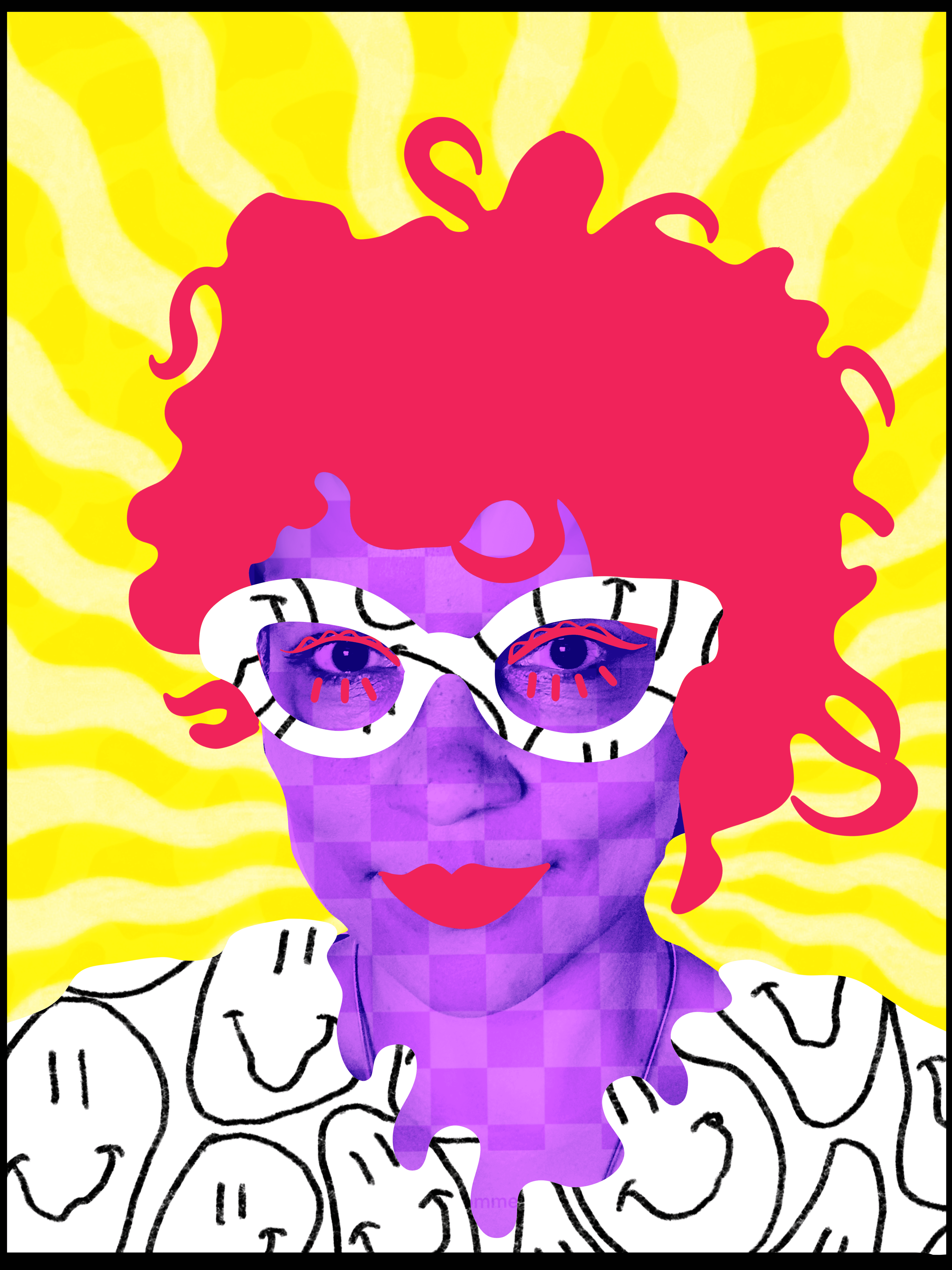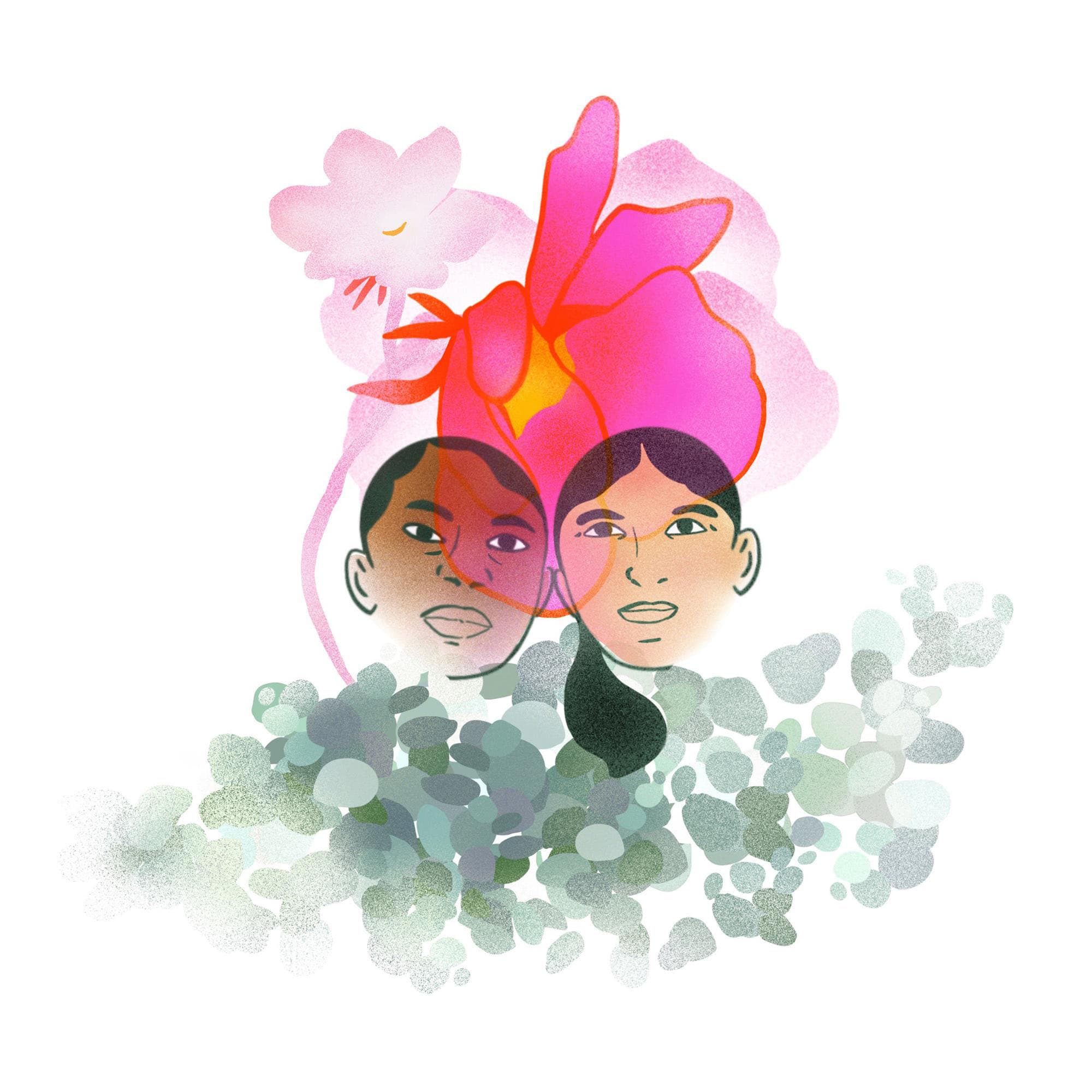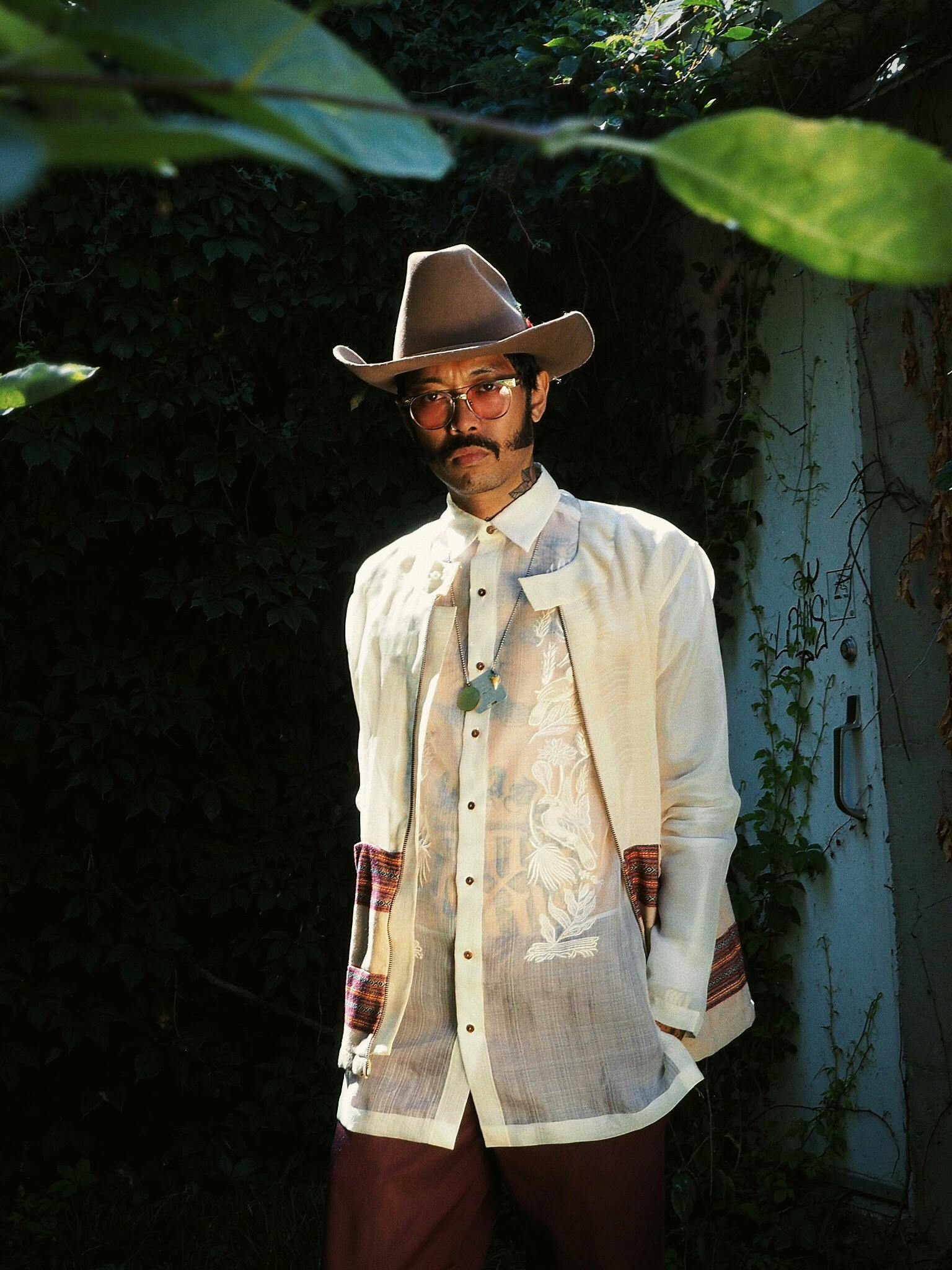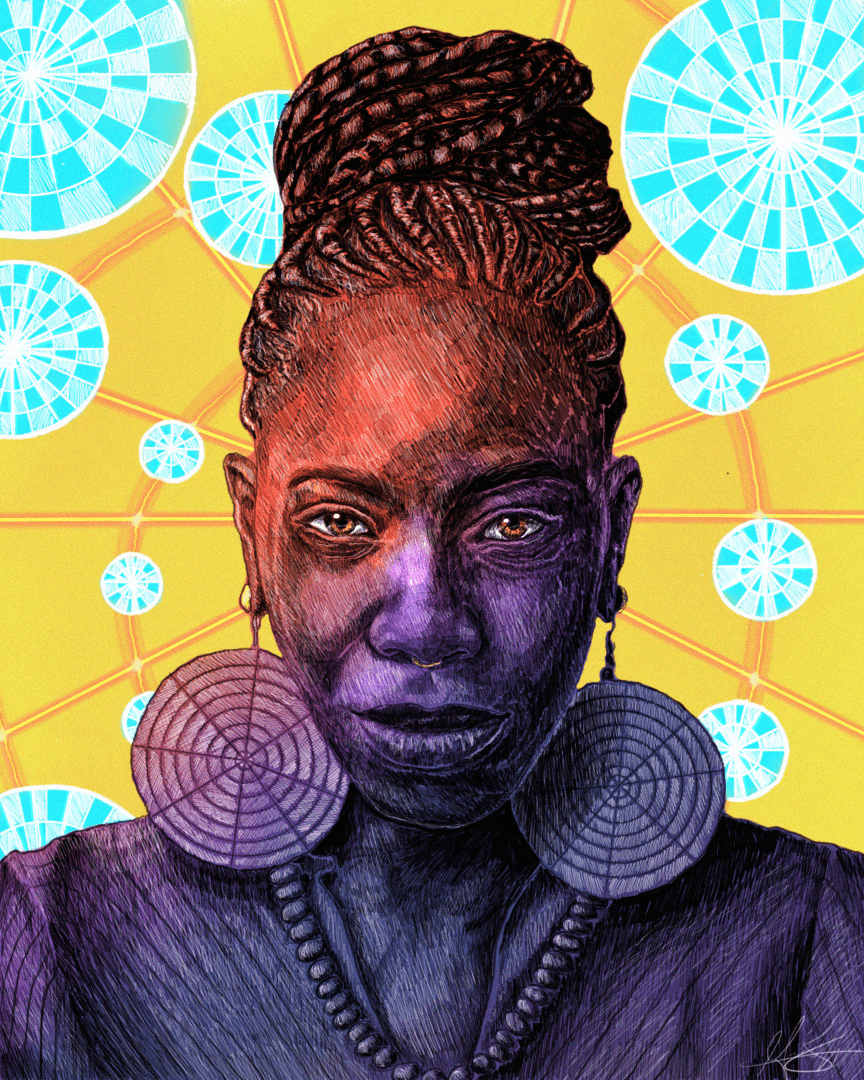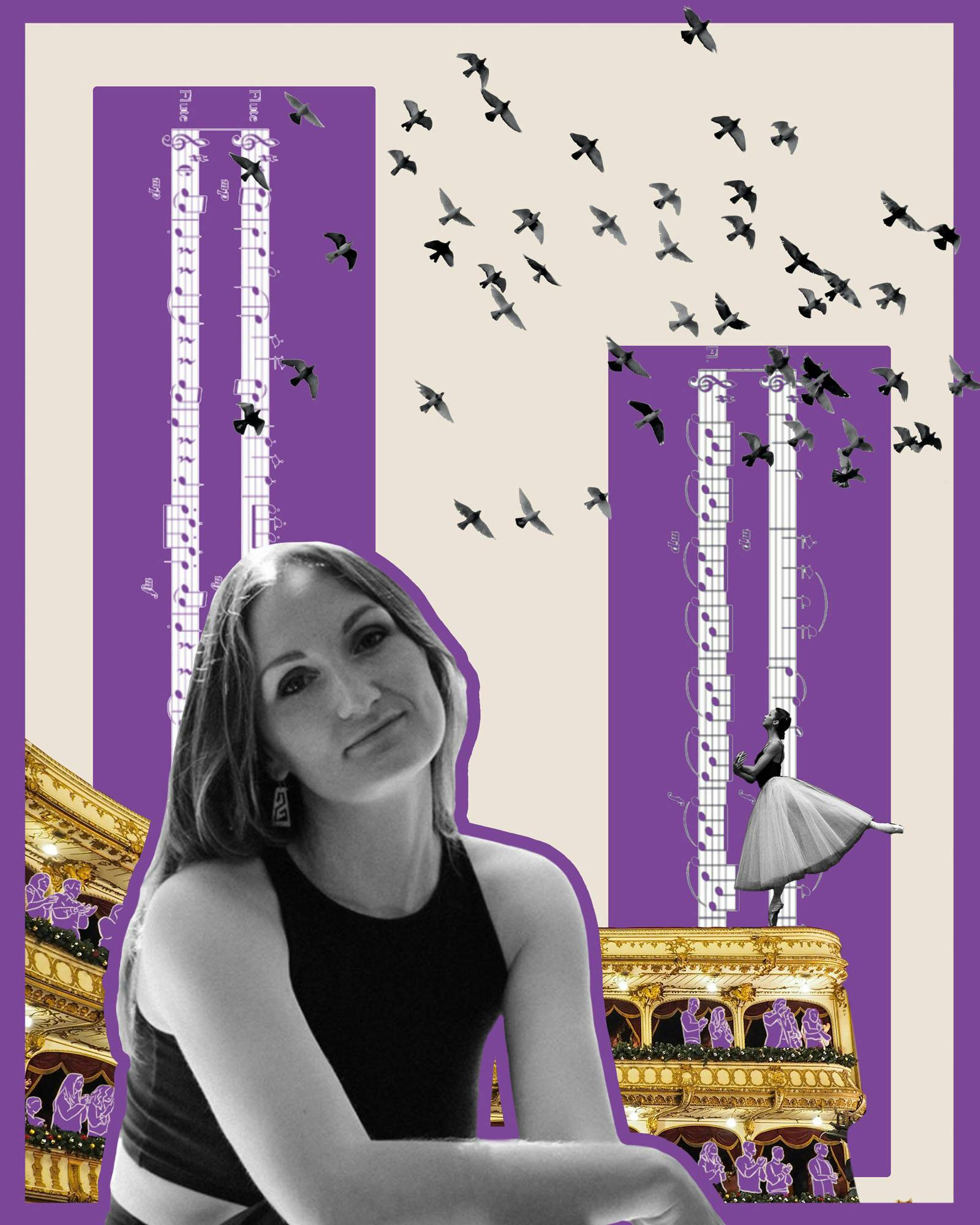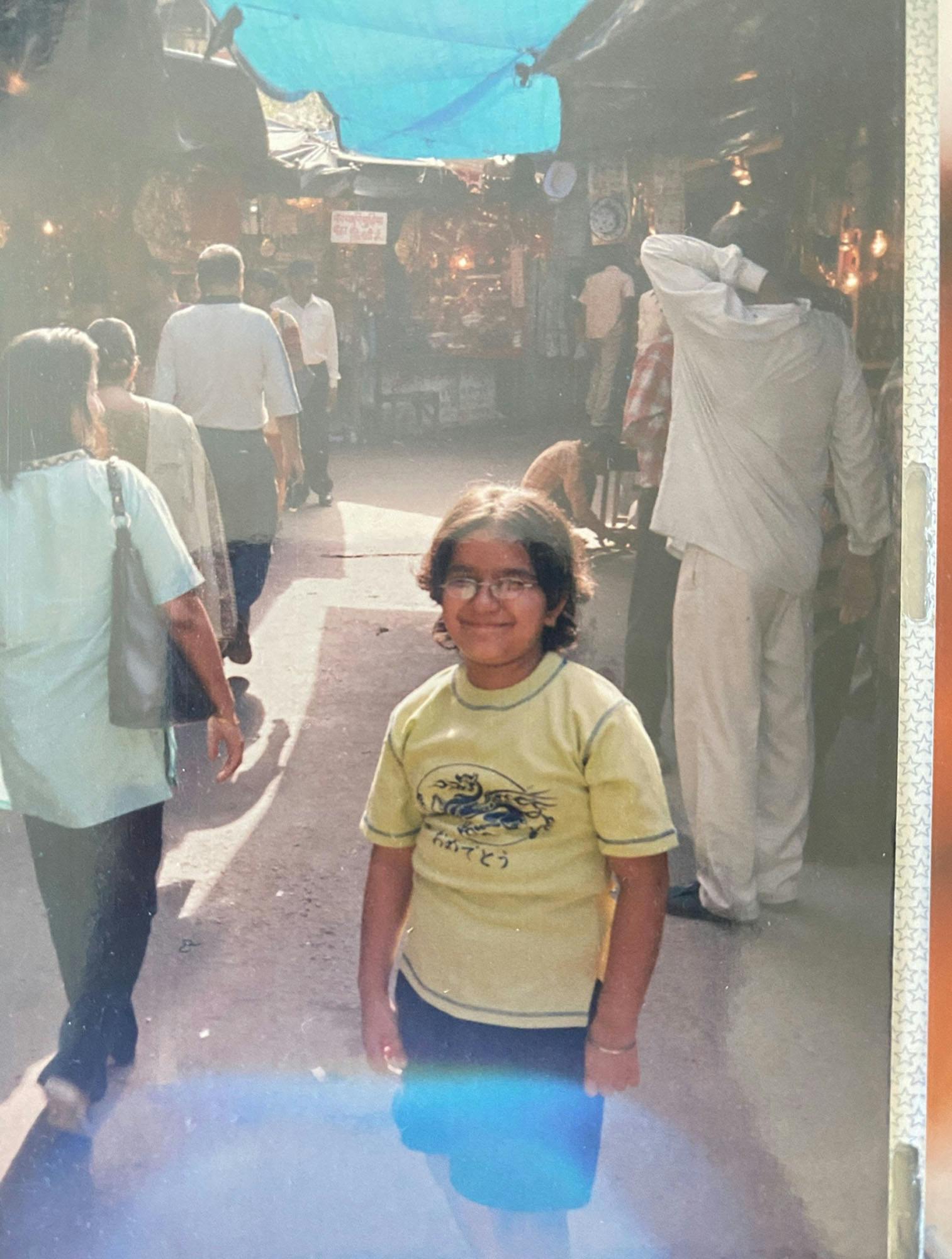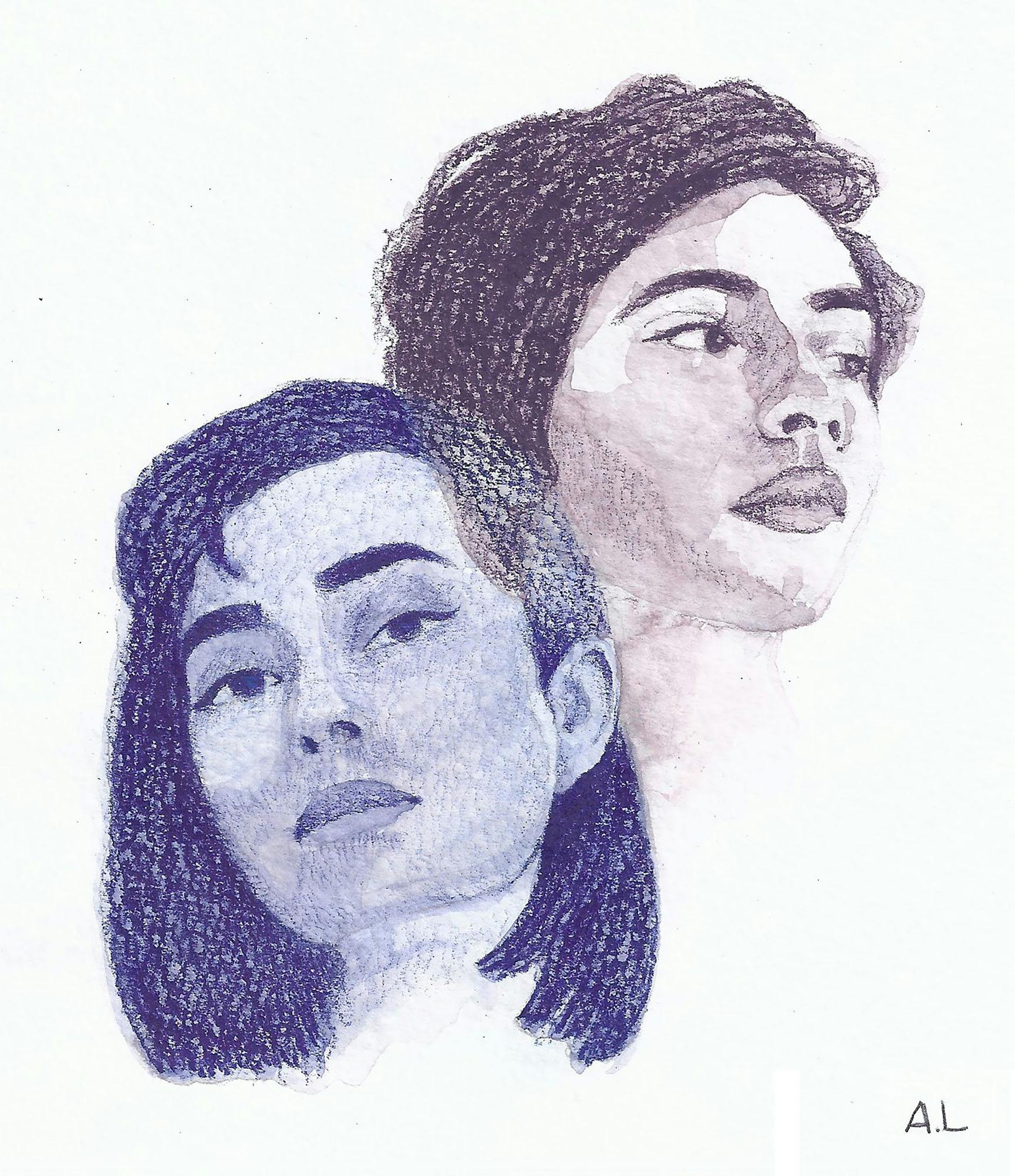
Introduction
As Amanda Gorman recited The Hill We Climb during Biden’s inauguration, a tide of emotion swelled in my body. It was relief colliding with guilt. Relief to witness a democratic victory where love trumped hate. Guilt, as a spectator, watching the weight of the world being put on the small frame of a young Black woman. Her words healed, her energy allowed that healing for me. She helped identify my own positionality in current affairs, reliving the moments that I stayed silent when I had something to say. She said it for me.
Life, as we used to know it, is hard to understand. It’s harder now that we have moments to think. We experience the natural and unnatural state of affairs around us and our bodies are hardwired to process it all, most times, without even thinking about it. And I think many people, myself included, look to artists to help us understand the world during times like these. We’re reading authors, we’re experiencing playwrights, we’re observing films, we’re listening to sounds, we’re tasting ingredients. We go to the artistic community and ask, help us process what the fuck is going on?
I asked artist Ness Lee if she would contribute to our second cover. We shared moments of vulnerability, revealing to one another, what our bodies and minds are going through and together, looked at this request as an opportunity to free ourselves from the weight we carry in our relationship to the world and its audience. Here’s my conversation with her.
Raji
How is your body and spirit?
How are you?
Ness
I’ve been here and there, each moment in time, body and spirit. It’s been fleeting. I’m going through a lot so it’s been a bit hard to discern that, especially as a statement, because it switches so quickly. I have to pay attention to body and mind and the more I do it, the more I get confused, like, what are they saying? That’s a complicated question. But at this very moment, it’s been manageable.
Raji
I appreciate that honesty. When I was in Toronto, my body needed to be on the unceded territory of the Syilx People of the Okanagan Nation. I sought peace. When I got here, suddenly, I felt open again in ways that I couldn’t in Toronto.
When we spoke about this idea of you doing the cover, you had mentioned, you’re in the middle of a life moment. And this might be an opportunity to express this moment and energy for you. I was curious if you can elaborate on that, and what that meant for you.
Ness
It’s been a pretty intense, non-stop four years for me. So I think it’s dealing with the accumulation of all of that feeling and having, at least a bit of time or availability to deal with that. It comes to a point where I had to seek help for it. I think with that seeking of help, it’s a bit of a turning point for me. That was uncommon for me to do. I haven’t been taught how to take care of myself in that aspect.
Raji
When you’re creating all of this work, because I think, at least Torontonians who live in the city that exhibits so much of your artwork, we are constantly in coexistence with you. Your work is so identifiable. When you’re producing that kind of work and then also producing it at the scale you do, is there a transfer of energy – as if you’re imprinting yourself in the artwork – and does that type of accumulation of work impact your health?
Ness
Yeah, I never thought of it at that moment. Or, like it accumulated into that understanding from studying illustration.
It started off as something super practical when I began. It was a freelance endeavor where you get a brief, you work, and execute it, and the job is done. This crossover thing to the art world, it transformed into something a bit more personal, or at least, visceral because the premises of all those projects had a feeling and emotion that allowed me to create. It becomes a personal application.
I had that freedom. I felt, eventually, that parts of me were connecting in that way. So [now] it does feel like pieces that I make are a part of me.
Raji
If there are small fragmented parts of you in each piece, it means you can overextend yourself because there’s so many different parts of you in public spaces, private collections, and one’s interaction with one of your pieces, it becomes a part of someone else’s lived experience that they walk by every day. How would you want your art to make them feel? Do you think about that? The impact of your art.
Ness
That’s an interesting question because that’s the unknown part of how things came to be. I always knew the work I’ve been doing has been very personal, maybe even a bit autobiographical, in a sense, [illustrating] the feeling and things I’ve been going through. It’s interesting to see people resonate with it without any [of that] context. It’s beautiful, or at least, what I find of art that is beautiful is an unspoken language. The people can feel and understand it without anything being said or explained. And sometimes it is explained but in my case, I felt it very wonderful that people could connect so closely or emotionally to my work without me explaining it to them. They are able to resonate, unprompted.
Raji
That, in itself, are moments of discovery for a person who attends and sees your work. And as a result of it, it makes you think about life and can even alter one’s perception of life. You once said, you find inspiration in mountains or its form. Did I read that correctly?
Ness
Yes, I do mention that. There were some pieces or a series of work where I related the figures or the context of my work as a landscape and how we are of each other’s landscapes and environments. It’s just as important how a mountain can be to our land as, for instance, our family can be to us. The mountains and the environments that include the surrounding ecosystem, is interconnected with us whether we acknowledge it or not.
Raji
I’ve seen some of your work that references water as well. The works seem possibly inspired by Earth Mother. Is that a relationship that’s intentional for you?
Ness
I do resonate with water. I’m not too sure if I’ve come to a complete understanding of it but it’s a feeling for me. I do focus on the motions of things, the viscosity of things. It resonates with me because of the temporality of it but also the lack of temporality. Water is, in essence, all over. It makes the clouds and the moisture in the air all around us, it’s in us. I was taken with that concept a lot because I do ruminate on how much of a moment everything is. Water conveys that to me.
Raji
Many of your figures have a traditionally female form. Why women?
Ness
I never meant it to be that way although I understand just through context, they do have the typical visual identifiers of a woman form. It’s more the way figures take up space. They did have long hair because of how much water and clouds resonated with me and I use that as an extension of those figures. It was never in my mindset to make them specifically a perceived gender. It is something I think of a lot because I’ve grown up around a lot of powerful, strong women and that is very important to have in our surroundings or in our minds as well.
Raji
There are so many different perspectives as a part of this new issue, conversations about gender placement, gender roles, female futurity. Do you experience gender in the normative sense, or do you, like your artwork, see it as a fluid, fleeting experience?
Ness
Yeah, maybe more so the latter. I’m finding myself and my body more temporal or fluid. I don’t feel much of anything in terms of the binary. It does resonate sometimes but I feel like that is always in flux. I feel that way about my work, at least when I’m making it. It’s inspired so much more about reflection on the way a person is receiving it or interpreting it. I feel like that’s, to me, just as important as clarifying it or defining it.
Raji
Something that I am constantly reconciling with is this enforced gender on me and my defiance of it’s traditional roles. I don’t want these associations to be given to me from another person and I’d rather give them out when I’m comfortable. I like figures in your work because it allows for this openness and freedom for every being, living and nonliving, human or non human, to just be in oneness with one another.
You’re doing the second cover of our community magazine. The inaugural cover was done by blackpowerbarbie. I approached her in a similar way that I did you, saying, listen we’re vibing with your work and we want to create a safe space that sets the tone for the entire issue’s conversation. For Amika’s cover, I kept seeing Dhurga and Kali Ma. With this second cover, we’re centering on female futurity’s intrinsic relationship with Earth Mother. How do you feel about that connection?
Ness
From our last phone call, I did like the fact that it was open to my expression of nature and the many aspects that come from Earth Mother. I really appreciated that. And I think it was a chance to touch base, at this moment in time, with how I am feeling and how we’re collectively feeling. That’s mostly what I’ve taken interest from. I do feel like there’s always a big emotional upheaval with many people…or maybe that’s just my world, in general…But I feel it’s something worth exploring when it comes to the cover.
Raji
We share this in our collective togetherness…this upheaval that you speak. It resonates for me personally and I think it resonates for many of the contributors and hope the readers as well. One of the pieces between Bonnie Devine and Dr. Andrea Fatona speaks about the regenerative power and reciprocity of gardening during COVID. It made me feel like we’re never really alone. People are taking to nature and the natural flow of things.
Ness
Yes! I mean, especially your understanding of my hesitancy with the initial deadlines. Most collaborators might have been offended with that kind of statement but you understood it. I appreciate your understanding.
Raji
Mhmm, I’ve been thinking about this. I’m so used to seeing myself as an invisible body working blood, sweat, and tears. My default has always been to not take up space but continue producing. In this thinking, we continue to function, working our bodies to exhaustion, as it’s required in this post-colonial, capitalist society, patriarchal society. That doesn’t feel right anymore.
I’m the boss of my professional practice now and I’ve been trying to work within the flow of the natural world rather than the manmade world. And in that flow, you know, you quickly realize that you’re beholden to nature and nature’s not beholden to you.
So how does one function in this natural course in a predominantly capitalist society? Fast forward, when the Newest girls told me that you were wondering about the deadline. They asked me if that’s okay and were lowkey waiting for me to shut it down. I had the biggest smile on my face because I loved that honesty. And I was like, the very fact that Ness felt comfortable to ask us for time is her being vulnerable and honest with us…And we need to honour that.
The reason why I’m saying thank you is because, yes, it’s your time, but it’s also how you share your time with us. So this feeds into my ideas about what the economy can look like if we practice radical love as currency. A person’s well being or the art itself is more important than a deadline. You’re catching me in this incredibly contemplative state….
Ness
Yeah, yeah, I think that’s also my big lesson as of late. Especially being nonstop for a few years, I stop and think, what’s the point? Time is whatever until it’s not. I’d like to give attention to the things that, at the very least, I care for. It’s a hard learning curve, especially when it comes to an industry that is predicated upon productivity or timelines and not the actual work.
Raji
Yeah, and if we’re talking about matriarchy, and if my whole agency’s practice stems from matriarchal thinking, these are little actions that support the thought. I feel that maturity that comes with these life experiences, these little interactions or, in our case, an extension of a timeline, they all feed into resistance. I actually shared our design manifesto on Instagram today. I hate taking up space but I’m learning that I want to take up space now and have these conversations because I know when I was young, I was influenced by this model minority complex of having shit right all the time and honestly, that ain’t human.
Ness
Yeah, I saw a post this morning about that and I thought it was really poignant. It was basically saying that any kind of advocacy, that might be political in nature, without healing is oppression.
And I really do believe that. We, as you kind of touched upon, need examples to be able to see what could be as opposed to what we’ve been so accustomed to doing when it comes to work. It’s nice to see that you’re thinking about those things because it’s important to recalibrate our understanding of time and production, especially when it comes to things that we love. I am that old person now that tells whoever is younger than me that wants to be an artist: protect your dreams. Like if you love to paint, do it when you can or do it when you want to, not because you have to. And I mean, sometimes you have to, but I guess it’s to be mindful of that otherwise it becomes less about what you love and more about what they love. And then it’s not yours anymore.
